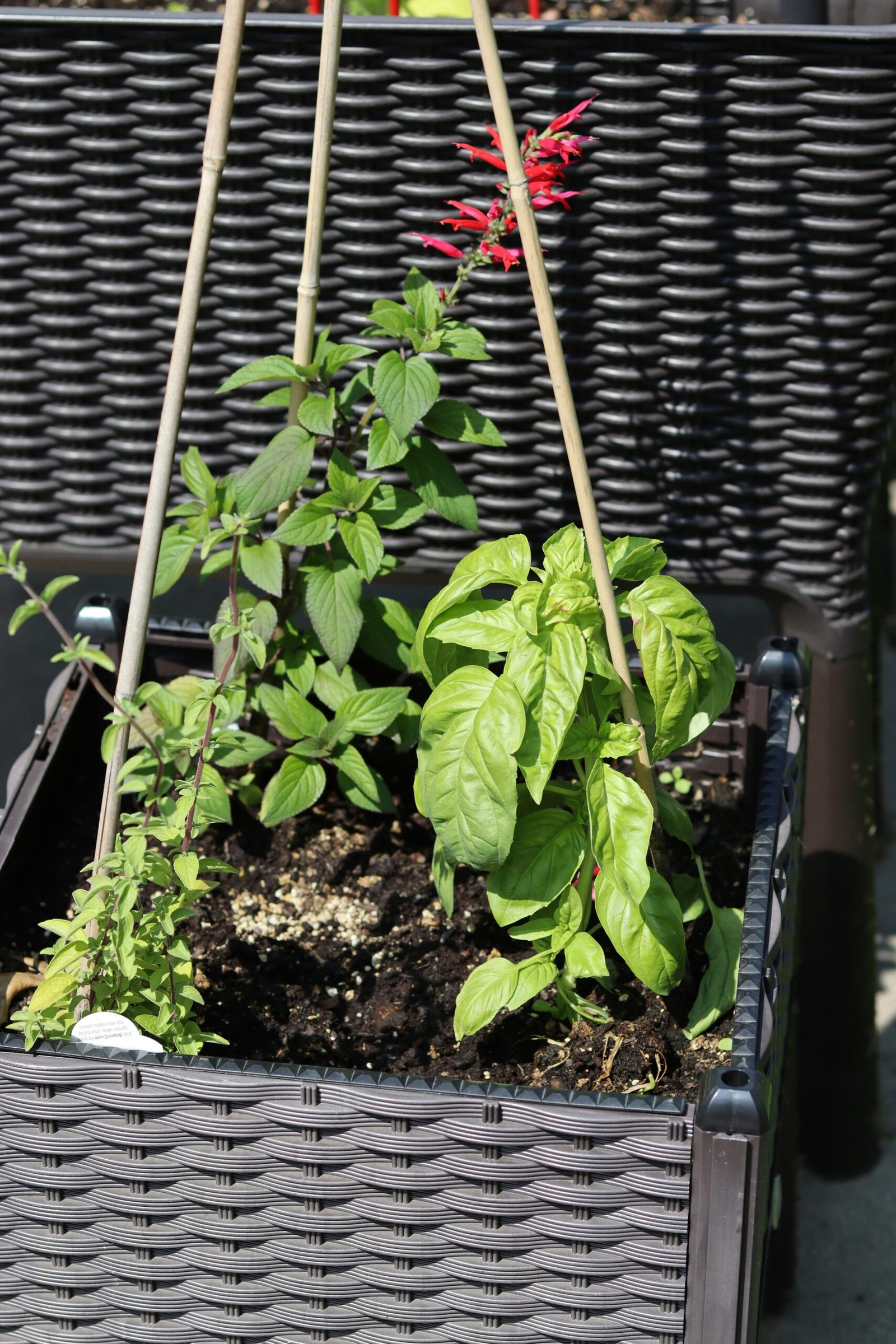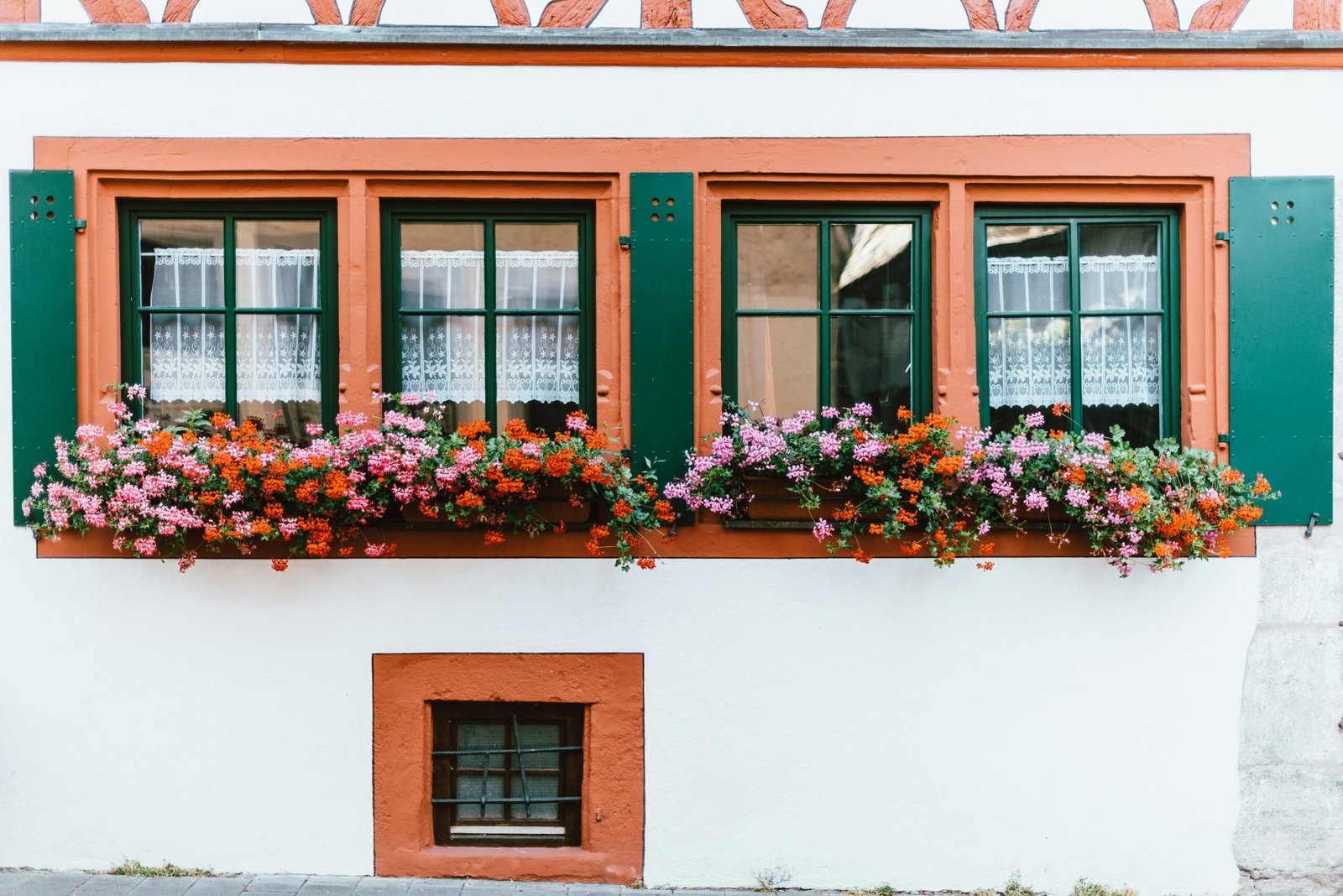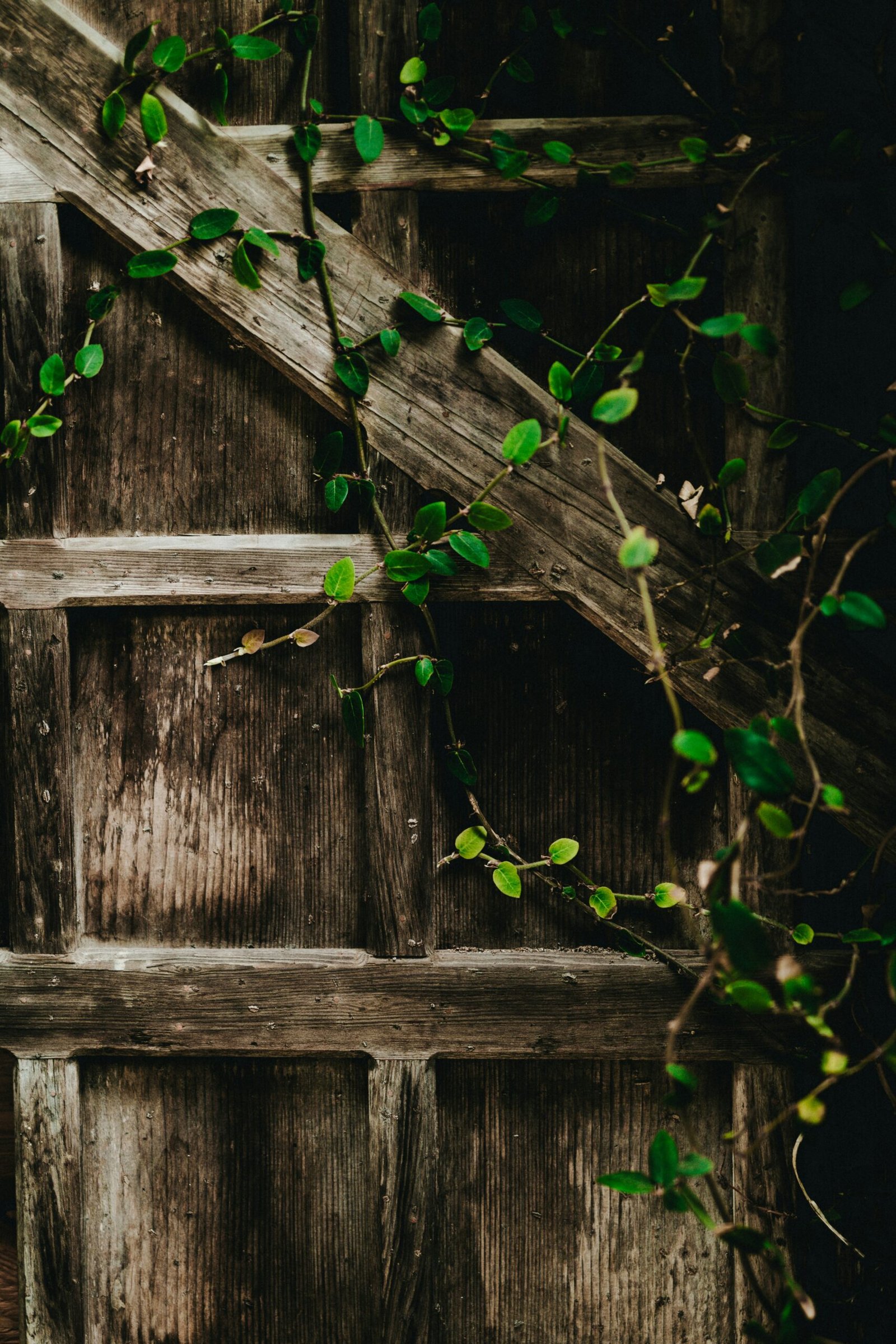Introduction to DIY Herb Gardening
Herb gardening is an increasingly popular activity among home cooks and gardening enthusiasts alike. Creating a DIY herb garden ensures a fresh supply of cooking ingredients, straight from your own backyard or windowsill. The advantages of growing your own herbs are manifold, from the unparalleled freshness of the harvested produce to significant cost savings over time. Fresh herbs bring out the flavors in your home-cooked meals, making every dish more vibrant and flavorful.
Another compelling reason to start a DIY herb garden is convenience. Having herbs such as basil, rosemary, thyme, and mint readily available means you no longer need to make last-minute store runs. This can be particularly beneficial for those who find themselves short on time during meal preparation. Additionally, cultivating herbs at home can be both a stress-relieving and fulfilling activity, providing a sense of satisfaction as you watch your plants grow and thrive.
One of the greatest appeals of DIY herb gardening is its accessibility. Whether you have a spacious backyard, a small balcony, or even just a sunny windowsill, starting a herb garden is feasible. For beginners, herbs are relatively easy to grow and maintain, offering a great entry point into the world of gardening. With a few simple steps, you can soon be on your way to harvesting fresh herbs that can enhance every meal you prepare.
Growing your own herbs is not just about the practical benefits—it also enriches your culinary experience and connects you with nature on a daily basis. The joy of tending to your plants, coupled with the delicious results in your kitchen, makes DIY herb gardening a worthwhile and enjoyable endeavor for anyone looking to elevate their cooking and enjoy the pleasures of gardening.
Choosing the Right Location and Containers
Creating a thriving DIY herb garden begins with selecting the ideal location. Herbs require ample sunlight to grow, so it’s crucial to find a spot that receives at least six hours of direct sunlight each day. Whether you have a spacious backyard or a small balcony, observe how the sun moves through your space before deciding on the perfect area.
Soil quality and drainage significantly impact the health of your herbs. Opt for well-draining soil with a pH level between 6.0 and 7.0, which ensures your herbs have the nutrients they need. Use organic compost or a soil amendment to enhance soil health, promoting robust growth. Adequate drainage prevents water from pooling at the roots, which can cause root rot and damage your plants. If your garden area does not naturally drain well, consider raised beds or improved soil mixes.
For those with limited outdoor space, container gardening is an excellent solution. Selecting the right containers can make a significant difference. Pots, window boxes, and vertical planters are great options for cultivating herbs in confined spaces. When choosing containers, consider their material and size. Containers made of terra cotta, ceramic, or plastic are popular choices, but each material has its pros and cons. Terra cotta and unglazed ceramic pots allow moisture to evaporate quickly, reducing the risk of root rot; however, they may require more frequent watering. Plastic pots retain moisture longer but may not be as aesthetically pleasing.
Ensuring proper drainage is essential regardless of the container type. Make sure your containers have sufficient drainage holes at the bottom. You can enhance drainage by adding a layer of gravel or small stones before filling the container with soil. The size of your containers should match the growth habit of the herb you are planting; larger herbs like rosemary require more space, whereas smaller herbs like thyme or chives can thrive in more compact containers.
Budget-friendly and creative container options include upcycled items like old tin cans, wooden crates, or even repurposed kitchenware. Not only do these options help you save money, but they also add a unique touch to your herb garden.
Selecting and Planting Herbs
Choosing the right herbs for your DIY herb garden is crucial to ensure that you have fresh cooking ingredients readily available. When selecting herbs, consider your cooking preferences and the growing conditions of your garden. Popular and easy-to-grow herbs such as basil, cilantro, parsley, rosemary, thyme, and mint are excellent choices for both novice and experienced gardeners.
Basil is a favorite in many kitchens, known for its aromatic leaves that enhance a variety of dishes. It thrives in warm weather and requires well-drained soil and full sun. For successful growth, space basil plants about 12 inches apart and keep the soil consistently moist.
Cilantro, often used in Latin American cuisine, prefers cooler temperatures and partial shade. It can be grown from seeds or young plants, with seeds sown about a quarter inch deep and spaced 6 inches apart. Ensure the soil remains moist but not waterlogged.
Parsley is a versatile herb that can grow in both full sun and partial shade. Starting from seeds requires patience, as parsley can be slow to germinate. Plant the seeds a quarter inch deep and space the seedlings about 6 to 8 inches apart. Water regularly to keep the soil evenly moist.
Rosemary, with its robust flavor, is a hardy herb best grown from young plants rather than seeds. It prefers full sun and well-drained soil. Space rosemary plants at least 18 inches apart, as they can grow quite bushy. Water sparingly, allowing the soil to dry out between watering sessions.
Thyme is a low-maintenance herb that thrives in well-drained soil and full sun. Start with young plants and space them around 12 inches apart. Water minimally, as thyme is drought-tolerant and prefers drier soil.
Mint is known for its vigorous growth and refreshing flavor. It can be quite invasive, so it’s best to plant mint in a container to control its spread. Mint prefers partial shade and moist soil. Space the plants 12 inches apart and water regularly.
When deciding whether to start from seeds or young plants, consider the pros and cons. Seeds are more affordable and offer a greater variety, but they require more time and patience. Young plants are more convenient and establish quicker but are generally more expensive. Research specific herbs’ requirements thoroughly to ensure they thrive in your garden conditions, providing you with an abundant supply of fresh herbs for cooking.
Maintaining and Harvesting Your Herb Garden
Maintaining a healthy herb garden requires consistent care and attention to detail. Proper watering is crucial; herbs generally prefer soil that is evenly moist but not waterlogged. It’s advisable to water your herb garden early in the morning, allowing the soil to absorb water and the foliage to dry by evening, which helps reduce the risk of fungal diseases. Each type of herb might have specific watering needs, so researching individual requirements ensures optimal growth.
Fertilizing your herbs organically is another important step in ensuring their longevity and productivity. Organic fertilizers such as compost, fish emulsion, or well-rotted manure provide essential nutrients without introducing harmful chemicals into your garden. Regularly incorporating organic matter into the soil helps maintain its structure and fertility, supporting robust herb growth over time.
Protecting herbs from pests is essential for maintaining their health. Natural methods, such as introducing beneficial insects like ladybugs or using neem oil, can be effective. Regularly inspecting plants for signs of pest damage allows for early intervention before infestations become problematic. Companion planting with pest-resistant or repellent plants can also offer natural protection for vulnerable herbs.
Pruning is vital for encouraging healthy growth and preventing bolting, especially in plants like basil and cilantro. Regularly trimming herbs prevents them from flowering prematurely, which can affect flavor and yield. For most herbs, pruning about one-third of the plant helps promote a bushier growth habit and more abundant foliage.
Harvesting herbs at the right time is key to maximizing their flavor and yield. Morning is often the best time to harvest, as the essential oils that contribute to their aroma and taste are most concentrated before the sun’s heat diminishes them. Each herb has its peak harvest period; for instance, basil should be harvested before it flowers, while rosemary and thyme can be harvested year-round. Use clean scissors or pruners to cut herbs, leaving enough foliage to allow for regrowth.
Preserving herbs ensures you can enjoy their fresh flavors year-round. Drying and freezing are two effective methods. To dry herbs, hang small bundles in a warm, well-ventilated space out of direct sunlight until they are dry to the touch. Store dried herbs in airtight containers in a dark cupboard. Freezing is another option; chop fresh herbs and place them in ice cube trays filled with water or olive oil, then transfer the frozen cubes to freezer bags for easy portioning.



